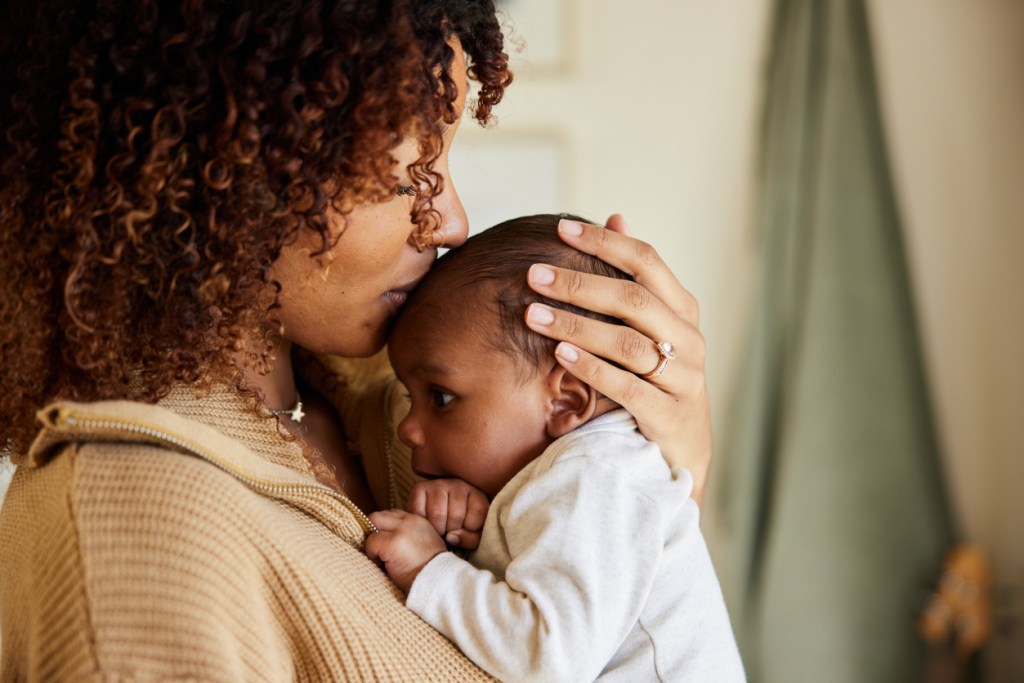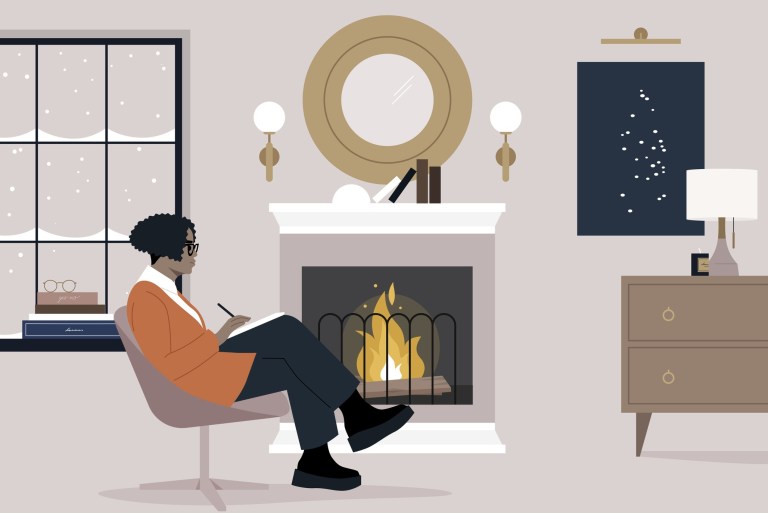Legions of sleepless new parents can attest to their willingness to try nearly every and any trick in the book when it comes to lulling a crying baby back to sleep. Talking soothingly to the infant, singing, bouncing, providing gentle back rubs, or even getting in the car in the middle of the night and going for a drive around the block are all time-honored approaches.
But a new research study, published this week in the peer-reviewed journal Current Biology, has found that a combination of two simple moves — walking while carrying and then sitting with the baby before putting them to bed — may be the magic combination for providing comfort and calm in such a situation.
It was determined that five minutes of walking with an infant (as opposed to simply holding or rocking while otherwise standing still) triggers a “transport response” that soothes and comforts them, and then sitting and holding the baby for five to eight minutes could often prevent them from being too easily startled awake again when finally being placed back in their crib or bed.
In the study, the reactions of 21 infants were compared when engaging in four different movements: (1) infants were held by their mothers while the mothers walked, (2) infants were held while their mothers sat, (3) infants were laid in a cot, and (4) infants were placed in a mobile crib or stroller while applying reciprocal motion (rocking). Studying the effects of holding and motion in various combinations eventually led to the discovery of the most consistently effective sequence, described above.
Other combinations were less consistent in their effectiveness. A mother walking with her baby and then placing it immediately back in its bed, without sitting first, resulted in one out of three babies awakening again. Babies also frequently continued to cry if they were held while sitting, without having been carried by their walking mother first.
One of the study’s co-authors, Dr. Kumi Kuroda — herself a mother — admitted to being surprised by the results of the study. Initially, she believed that babies awakening while in the process of being laid down “is related to how they’re put on the bed, such as their posture, or the gentleness of the movement,” Kuroda said in a statement, per USA Today. “But our experiment did not support these general assumptions.”
Of course, there’s no one approach that’s 100% effective for every baby in every circumstance, and as is often the case for new parents, a series of often frustrating trials and sleepless nights will invariably remain part of the process. Adhering to other standard recommendations — like putting babies to bed when they’re drowsy but before they’ve actually fallen asleep, or keeping babies stimulated and awake longer during the day — can still be considered solid strategies, as outlined by the American Academy of Pediatrics and other expert sources.
While the initial results of this walking-and-sitting “science-based parenting” technique appear promising, further study is required to clarify whether this approach will prove effective over the long term. But for scores of new parents desperate for some zzz’s, there’s little to be lost in giving the seemingly magical maneuver a try.












